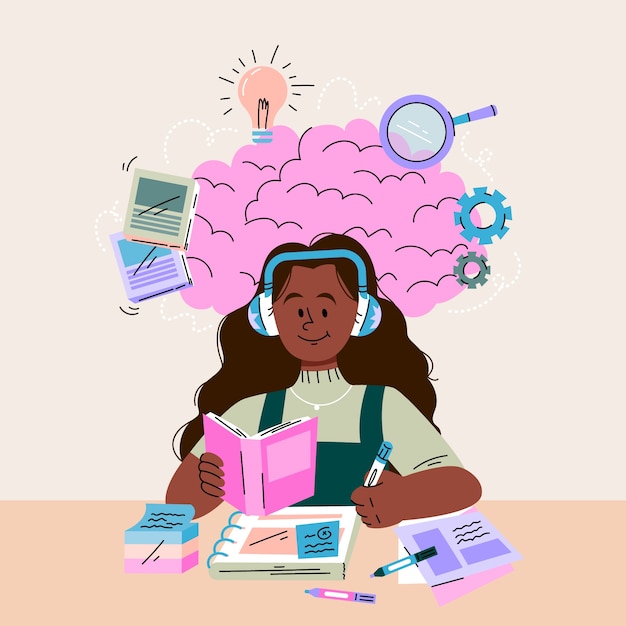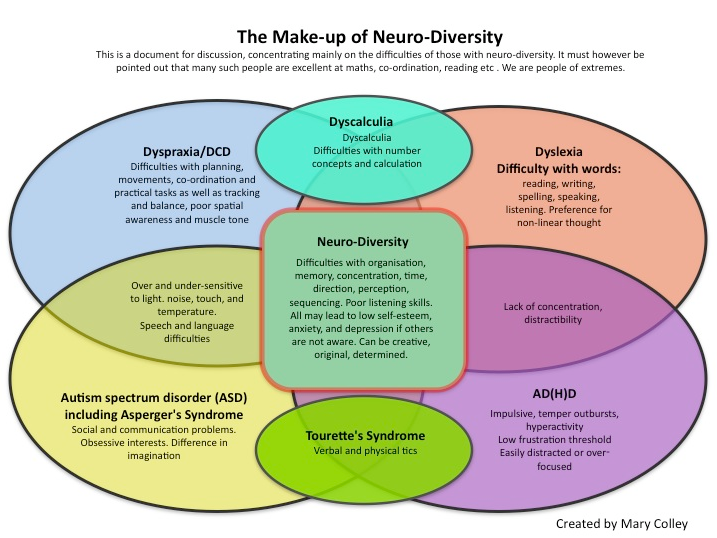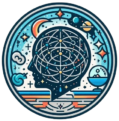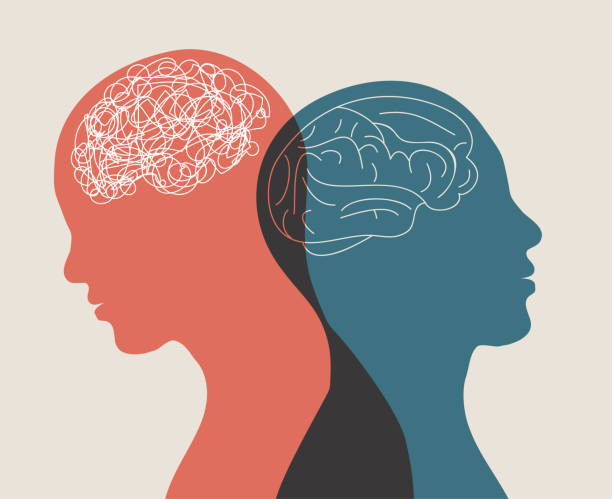Introduction
Neurodiversity is a concept that recognizes and celebrates variations in brain function and behavior as part of normal human diversity. Rather than viewing conditions like Attention-Deficit/Hyperactivity Disorder (ADHD) and Autism Spectrum Disorder (ASD) as deficits or disorders to be fixed, the neurodiversity movement emphasizes the strengths and unique abilities of neurodivergent individuals. This strengths-based approach promotes acceptance, accommodation, and empowerment for individuals with different cognitive profiles (Singer, 1998).

Read More- Sleep and Mental Health
What is Neurodiversity?
The term “neurodiversity” was first coined by sociologist Judy Singer in the late 1990s. It encompasses a range of neurological conditions, including ADHD, autism, dyslexia, dyspraxia, and more (Singer, 1998). The neurodiversity paradigm challenges the traditional medical model, which views these conditions as impairments, and instead frames them as natural variations in human cognition (Armstrong, 2015).

ADHD
ADHD is often characterized by difficulties with attention, impulsivity, and hyperactivity (American Psychiatric Association, 2013). However, individuals with ADHD also exhibit strengths such as:
- Creativity and Innovation – Many individuals with ADHD excel in creative fields, using their ability to think outside the box (White & Shah, 2016).
- Hyperfocus – While ADHD is associated with distractibility, individuals can also experience hyperfocus, allowing them to concentrate deeply on tasks of interest (Hupfeld et al., 2019).
- High Energy and Enthusiasm – This can be a major asset in dynamic environments, such as entrepreneurship, sports, and performing arts (Sedgwick et al., 2019).
Rather than solely focusing on the challenges of ADHD, workplaces and schools can accommodate neurodivergent individuals by providing flexibility, structured environments, and strengths-based support strategies.
Autism
Autism is a spectrum condition, meaning it presents differently in each individual. Common characteristics include differences in social communication, sensory processing, and repetitive behaviors (American Psychiatric Association, 2013). However, many autistic individuals have remarkable strengths, such as:
- Attention to Detail – Many autistic individuals excel in fields requiring precision, such as mathematics, coding, and engineering (Mottron, 2011).
- Deep Focus and Passion for Special Interests – Many develop deep expertise in specific subjects, making them highly skilled professionals (Grove et al., 2018).
- Honesty and Integrity – Autistic individuals are often known for their direct communication style and strong sense of fairness (Brown, 2020).
Instead of trying to force neurodivergent individuals to conform to neurotypical social norms, society can create more inclusive environments by fostering understanding, providing accommodations, and valuing their contributions.

A Strengths-Based Approach to Neurodiversity
Shifting from a deficit-based to a strengths-based perspective means-
- Recognizing the Value of Different Thinking Styles – Instead of focusing on limitations, employers, educators, and society at large should recognize the advantages of neurodivergent perspectives.
- Creating Inclusive Workplaces and Schools – Providing sensory-friendly environments, flexible work arrangements, and individualized learning approaches can help neurodivergent individuals thrive.
- Reducing Stigma – Education and awareness campaigns can help break down misconceptions and foster a culture of acceptance and appreciation for neurodivergent individuals.
Conclusion
Neurodiversity awareness is essential for building a more inclusive and supportive society. By focusing on the strengths and abilities of neurodivergent individuals rather than just their challenges, we can unlock their full potential and create environments where everyone can succeed. A strengths-based approach to ADHD, autism, and other cognitive differences allows us to move beyond outdated stereotypes and embrace the richness of human diversity.
References
American Psychiatric Association. (2013). Diagnostic and statistical manual of mental disorders (5th ed.). Washington, DC: American Psychiatric Publishing.
Armstrong, T. (2015). The myth of the ADHD child: 101 ways to improve your child’s behavior and attention span without drugs, labels, or coercion. Penguin.
Brown, L. X. Z. (2020). All the weight of our dreams: On living racialized autism. DragonBee Press.
Grove, R., Roth, I., & Hoekstra, R. A. (2018). The motivation for special interests in individuals with autism and controls: Development and validation of the special interest motivation scale. Autism Research, 11(5), 831-844.
Hupfeld, K. E., Abagis, T. R., & Shah, P. (2019). Living “in the zone”: Hyperfocus in adult ADHD. Attention Deficit and Hyperactivity Disorders, 11(2), 191-208.
Mottron, L. (2011). The power of autism. Nature, 479(7371), 33-35.
Sedgwick, J. A., Merwood, A., & Asherson, P. (2019). The positive aspects of attention deficit hyperactivity disorder: A qualitative investigation of successful adults with ADHD. ADHD Attention Deficit and Hyperactivity Disorders, 11(3), 241-253.
Singer, J. (1998). Odd people in: The birth of community amongst people on the autistic spectrum.
Subscribe to PsychUniverse
Get the latest updates and insights.
Join 3,005 other subscribers!
Niwlikar, B. A. (2025, February 21). Neurodiversity and 3 Important Ways to Take a Strengths-Based Approach to It. PsychUniverse. https://psychuniverse.com/neurodiversity/



